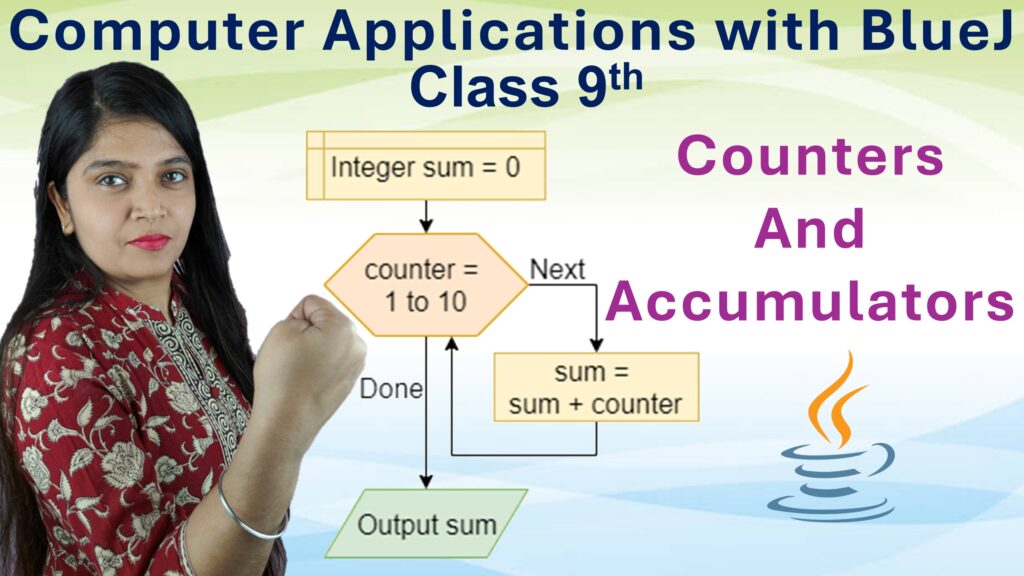Exercise: 4-A
Q1: Fill in the blanks
i. Smallest natural number is _______.
Step 1: Natural numbers start from 1 and go on as 1, 2, 3, …
Answer: 1
ii. Smallest whole number is _______.
Step 1: Whole numbers include all natural numbers and 0
Answer: 0
iii. Largest natural number is _______.
Step 1: Natural numbers go on infinitely; there is no last number
Answer: Does not exist
iv. Largest whole number is _______.
Step 1: Whole numbers also go on infinitely
Answer: Does not exist
v. All natural numbers are ________.
Step 1: Since natural numbers are part of whole numbers
Answer: whole numbers
vi. All whole numbers are not _______.
Step 1: 0 is a whole number but not a natural number
Answer: natural numbers
vii. Successor of 4099 is _______.
Step 1: Successor means next number → 4099 + 1
Answer: 4100
viii. Predecessor of 4330 is ________.
Step 1: Predecessor means previous number → 4330 − 1
Answer: 4329
Q2: State true or false
i. Whole numbers are closed for addition.
Step 1: If we add any two whole numbers, the result is also a whole number.
Example: \( 5 + 7 = 12 \), which is a whole number.
Answer: True
ii. If a and b are any two whole numbers, then a + b is not a whole number.
Step 1: This is a restatement of closure property under addition.
Answer: False
iii. If a and b are any two whole numbers, then a + b = b + a.
Step 1: This is the **commutative** property of addition.
Example: \( 3 + 8 = 11 \) and \( 8 + 3 = 11 \)
Answer: True
iv. 18 + 0 = 18 + 0
Step 1: Both sides are the same.
\( 18 + 0 = 18 \) and again \( 18 + 0 = 18 \)
So equality holds.
Answer: True
v. Addition of whole numbers is associative.
Step 1: Associative property: \( a + (b + c) = (a + b) + c \)
Example: \( 2 + (3 + 4) = 2 + 7 = 9 \), and \( (2 + 3) + 4 = 5 + 4 = 9 \)
Answer: True
vi. \(10+12+16 = (10+12) + 16 = 10 + (12+16)\)
Step 1: Use associative property of addition.
LHS: \(10 + 12 + 16 = 38\)
RHS: \( (10 + 12) + 16 = 22 + 16 = 38 \), and \(10 + (12 + 16) = 10 + 28 = 38\)
All are equal.
Answer: True
Q3: Fill in the blanks
i. \(54 + 234 = 234 +\) ______
Step 1: This uses the **commutative property** of addition:
\[
a + b = b + a
\]
Here, \(54 + 234 = 234 + 54\)
Answer: 54
ii. \(332 + 497 =\) ______ \(+ 332\)
Step 1: Again, apply the commutative property:
\[
a + b = b + a
\]
\[
332 + 497 = 497 + 332
\]
Answer: 497
iii. \(286 + 0 =\) ______
Step 1: Using the **identity property** of addition:
\[
a + 0 = a
\]
\[
286 + 0 = 286
\]
Answer: 286
iv. \(286 \times 1 =\) ______
Step 1: Using the **identity property** of multiplication:
\[
a \times 1 = a
\]
\[
286 \times 1 = 286
\]
Answer: 286
v. \(a + (b + c) = (a +\) ___ \()+ c\)
Step 1: This is the **associative property** of addition:
\[
a + (b + c) = (a + b) + c
\]
So the missing value is:
Answer: b
Q4: Verify that
i. \(3 + (5 + 4) = (3 + 5) + 4\)
Step 1: LHS: \(3 + (5 + 4) = 3 + 9 = 12\)
Step 2: RHS: \((3 + 5) + 4 = 8 + 4 = 12\)
Result: LHS = RHS
Answer: Verified
ii. \(8 \times (8 + 0) = 8 \times 8 + 8 \times 0\)
Step 1: LHS: \(8 \times (8 + 0) = 8 \times 8 = 64\)
Step 2: RHS: \(8 \times 8 + 8 \times 0 = 64 + 0 = 64\)
Result: LHS = RHS
Answer: Verified
iii. \((7 + 6) \times 10 = 7 \times 10 + 6 \times 10\)
Step 1: LHS: \((7 + 6) \times 10 = 13 \times 10 = 130\)
Step 2: RHS: \(7 \times 10 + 6 \times 10 = 70 + 60 = 130\)
Result: LHS = RHS
Answer: Verified
iv. \((15 – 12) \times 18 = 15 \times 18 – 12 \times 18\)
Step 1: LHS: \((15 – 12) \times 18 = 3 \times 18 = 54\)
Step 2: RHS: \(15 \times 18 – 12 \times 18 = 270 – 216 = 54\)
Result: LHS = RHS
Answer: Verified
v. \(16 + 0 = 16\)
Step 1: Adding 0 does not change the number
Result: \(16 + 0 = 16\)
Answer: Verified
vi. \(23 + (-23) = 0\)
Step 1: A number plus its additive inverse equals 0
\[
23 + (-23) = 0
\]
Answer: Verified
Q5: State true or false
i. The sum of two odd numbers is an odd number.
Step 1: Odd + Odd = Even (e.g., \(3 + 5 = 8\))
Answer: False
ii. The sum of two odd numbers is an even number.
Step 1: Odd + Odd = Even (e.g., \(3 + 5 = 8\)) — True
Answer: True
iii. The sum of two even numbers is an even number.
Step 1: Even + Even = Even (e.g., \(4 + 6 = 10\))
Answer: True
iv. The sum of two even numbers is an odd number.
Step 1: Even + Even = Even
Answer: False
v. The sum of an even number and an odd number is odd number.
Step 1: Even + Odd = Odd (e.g., \(4 + 3 = 7\))
Answer: True
vi. Every whole number is a natural number.
Step 1: 0 is a whole number but not a natural number
Answer: False
vii. Every natural number is a whole number.
Step 1: Natural numbers start from 1 and are part of whole numbers
Answer: True
viii. Every whole number + 0 = The whole number itself.
Step 1: Identity property of addition
\(a + 0 = a\)
Answer: True
ix. Every whole number × 1 = The whole number itself.
Step 1: Identity property of multiplication
\(a \times 1 = a\)
Answer: True
x. Commutativity and associativity are properties of natural numbers and whole numbers both.
Step 1: Both properties hold true for natural and whole numbers
Answer: True
xi. Commutativity and associativity are properties of addition for natural numbers and whole numbers both.
Step 1: True for addition (but not always for subtraction or division)
Answer: True
xii. If x is a whole number then -x is also a whole number.
Step 1: Whole numbers are \(0, 1, 2, 3, …\)
\(-x\) is not a whole number (e.g., \(-3\))
Answer: False







Leave a Comment